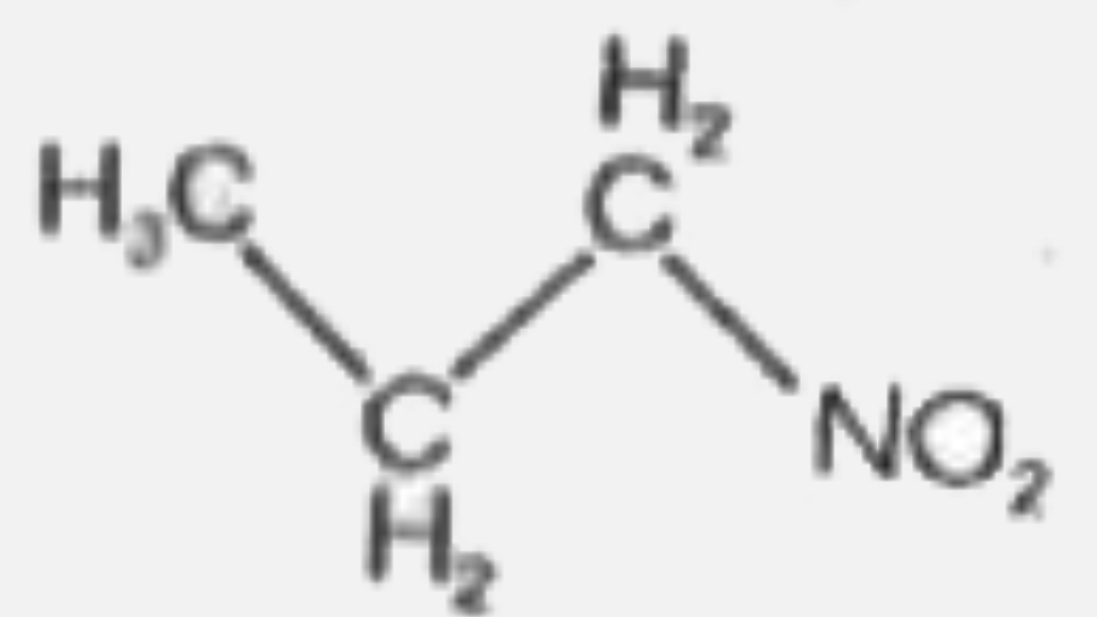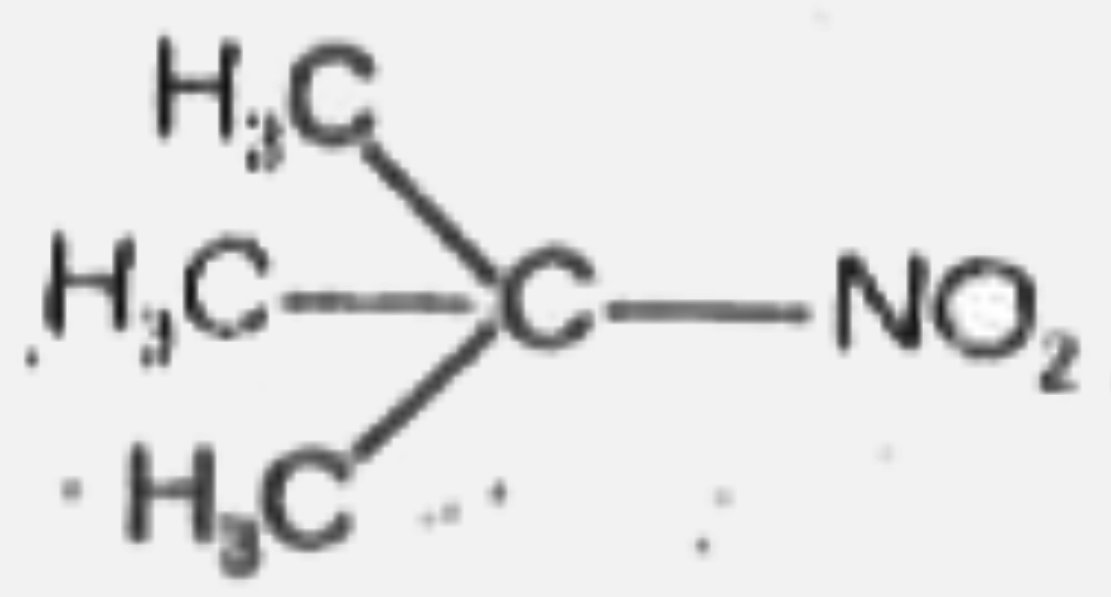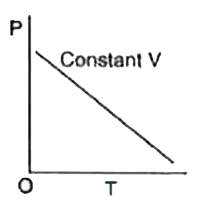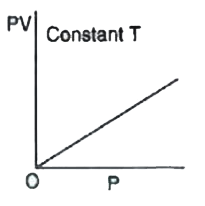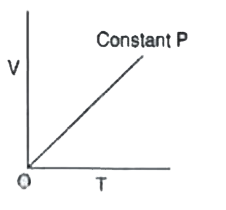Explore topic-wise InterviewSolutions in .
This section includes InterviewSolutions, each offering curated multiple-choice questions to sharpen your knowledge and support exam preparation. Choose a topic below to get started.
| 20951. |
Which among the following is the strongest o,p-directing group |
|
Answer» OH |
|
| 20952. |
Which of the following EA order is not correct |
|
Answer» `N lt O lt S` |
|
| 20953. |
Which of the followng linkage holds the monosaccharide units in disaccharide molecule |
|
Answer» PEPTIDE linkage |
|
| 20954. |
What isBayer'sreagent |
| Answer» SOLUTION :Colddilutealkaline`KMnO_(4)` is KNOW andBayer'sreagent. It ISUSEDTO oxidisealkensesintodiols. | |
| 20955. |
What is the volume (in ml) of 0.1 M potasium permanganate solution required to completely oxidise 100 ml of 0.5 M ferrous sulphate solution in acidic medium? |
|
Answer» 20 |
|
| 20956. |
Which of the following statements is not true regarding beryllium chloride ? |
|
Answer» 1.In solid state, beryllium chloride EXISTS in the form of CHAIN structure. |
|
| 20957. |
Which option is not matched in correct sequence |
|
Answer» `d^(5), d^(3), d^(1), d^(4) RARR" increasing magnetic moment"` |
|
| 20959. |
Which one of the following nitro-compounds does not react with nitrous acid? |
|
Answer»
|
|
| 20960. |
The "spin only" magnetic moment of Ni^(2+) in aqueous solution would be [At No. of Ni = 28] |
|
Answer» `sqrt6` B.M |
|
| 20961. |
Which of the following gives positive Fehling.s solution test ? |
|
Answer» SUCROSE |
|
| 20962. |
What happens when aluminium and zinc salts react with an excess of NaOH |
|
Answer» White PRECIPITATE of formed `Zn^(2+)+2OH^(-)rarr Zn(OH)_(2)` `Al^(3+)+3OH^(-)rarr Al(OH)_(3)` |
|
| 20963. |
Which of the following is a polyamide ? |
|
Answer» NYLON-6,6 
|
|
| 20964. |
Which of the following compounds do not give free halogen acid (Hydra acid) on hydrolysis with excesswater as a final product ? |
|
Answer» `NCl_3` |
|
| 20965. |
What happens when a beam of light is passed through As_2S_3 sol? |
| Answer» Solution :The PATH of light becomes visible DUE to scattering of light by colloidal particles. | |
| 20966. |
Which type of isomerism is shown by Co(NH_(3))_(4)Br_(2)Cl |
|
Answer» Geometrlonisation ICAL and |
|
| 20967. |
The standard enthalpy of formation of water liquid is -285.76 kJ at 298 K. Calculate the value of Delta_(f)H^(@) at 373 K. The molar heat capacities at constant pressure (C_(P)) in the given temperature range of H_(2)(g),O_(2)(g)andH_(2)O(l) are respectively 38.83, 29.16 and 75.312JK^(-1)mol^(-1). |
| Answer» Solution :`DeltaH_(373)^(@)(H_(2)O(L))=-284.11kJ` | |
| 20968. |
Which of the following arrangements truly represent the property indiceted against it? |
|
Answer» `Br_(2) lt Cl_(2) lt F_(2)` (bond energy) <BR>`Br_(2) lt Cl_(2) lt F_(2)` (electronegativity) `Br_2 < Cl_2 < F_2` `Fluorine is most powerful oxidising agent. |
|
| 20969. |
Which one of the following is highly reactive compound? |
|
Answer» `B_(2)O_(3)` |
|
| 20970. |
Which of the following have been arranged in decreasing order of oxidation number of sulphur ? |
|
Answer» `Na_(2)S_(4)O_(6)gtH_(2)S_(2)O_(7)gtNa_(2)S_(2)O_(3)gtS_(8)` |
|
| 20971. |
Which one of the Swartz reaction from the following ? |
|
Answer» `CH_(3)Cl+NaI overset(" acetone ")rarr CH_(3)I+NaCl` |
|
| 20972. |
Two isomers X and Y with the formula Cr(H_2O)_5ClBr_2 were taken for experiment on depression in freezing point. It was found that one mole of X gave depression corresponding to 2 moles of particles and one mole of Y gave depression corresponding to 3 moles of particles. The structural formulae of X and Y respectively are |
|
Answer» `[Cr(H_2O)_5Cl]Br_2 , [Cr(H_2O)_4Br_2 ] ClH_2O` `X=[Cr(H_2O)_4Br_2]Cl.H_2O hArr [Cr(H_2O)_4Br_2]^(+) Cl^(-)` Y gave depression corresponding to 3 moles of particles. `Y=[Cr(H_2O)_5Cl]Br_2 rArr [Cr(H_2O)_5Cl]^(2+) + 2Br^(-)` |
|
| 20973. |
Write the steps involved in the free radical mechanism in polymerisation of ethylene.OR Explain the free radical mechanism for the polymerisation of ethylene. |
|
Answer» Solution :Polymerisation of ETHYLENE is carried out at high temperature and at high pressure in presence of small amount of benzoyl peroxide as intiator. Formation of free radicals : The first step involves clevage of benzoyl peroxide to form two carboxy radicals . These carboxy radicals immediately undergo decarboxylation to give PHENYL intiator free radicals.  (2) Chain initiating step : The phenyl radical thus formed adds to ethylene to form a new larger free radical.  (3) Chain propagation step : The larger free radical formed in the chain initiating step reacts with another molecule of ethene to form another big size free radicals and chain GROWS . This is called chain propagation step. `C_(6)H_(5) - CH_(2) - overset(*)CH_(2) + CH_(2) to underset("bigger free radical")(C_(6)H_(5) - CH_(2) - CH_(2) - CH_(2) - overset(*)CH_(2))` The chain reaction continues till thousands of ethylene molecules are added. (4) Chain TERMINATING step : The continuous chain reaction can be TERMINATED by the combination of free radicals to form polyethene. `2 C_6 H_5 ( CH_2 -CH_2)_n - CH_2 - overset(*)CH_2 to underset("poyethene (polymer)") (C_6H_5 ( CH_2 - CH_2)_n )- CH_2 - CH_2-CH_2 -CH_2 ( CH_2-CH_2)_n - C_6 H_5 ` |
|
| 20974. |
What is the mode of action of antimicrobial drugs ? |
| Answer» Solution :Antimicrobial drugs can KILL the microorganism such as BACTERIA, virus, fungi or other PARASITES. Alternatively, they can inhibit the pathogenic ACTION of MICROBES. | |
| 20975. |
The volume of a colloidal particle V_c as compared to the volume of a solute particle in a true solution V_s could be |
|
Answer» `(V_c)/(V_s) = 10^3` `V_c = 4/3 pi r^3 = 4/3 pi (10)^(3)`, size of TRUE solution particles = 1 nm `V_3 = 4/3 pi (1)^(3) , (V_c)/(V_s) = 10^3` |
|
| 20976. |
Which of the following species are correctly matched with their geometries accordingto the VSEPR theory ? |
|
Answer» `BrF_6^(+)to` OCTAHEDRAL 
|
|
| 20977. |
Which of the following pair is not proper ? |
|
Answer» Artificial sweetening agent-Alitame |
|
| 20978. |
What are enzymes ? Write in brief the mechanism of enzyme catalysis. |
|
Answer» Solution :Mechanism of enzyme catalysis : Step 1 :Binding of enzyme to SUBSTRATE to FORM an activated complex `E + S to ES^(**)` Step 2. Decomposition of the activated complex to form product. `ES^(**) to E+P` E= Enzyme S= Substrate ES*= Activated complex P=Product |
|
| 20979. |
The total number of electrons that take part in forming bonds in N_2molecule is : |
|
Answer» 2 |
|
| 20980. |
What is the action of aqueous NaOH on 1- chloro-2, 4-dinitrobenzene? |
Answer» SOLUTION :
|
|
| 20981. |
The standard reduction potential of Cd^(2+)(aq) is -0.402V. A voltaic cell described by : Cd(s) + 2H^(+)(aq) rightarrow Cd^(2+)(aq) + H_(2)(aq) has [Cd^(2+)] = 0.900 m and a hydrogen pressure of 0.975 atm. Its cell potential at 25^(@)C is measured as E = +9.192V. Whatis the pH in the H^(+) | H-(2) half-cell? |
|
Answer» 3.o28 |
|
| 20982. |
The sum of the number of neutrons and protons in the isotope of hydrogen is |
| Answer» Solution :In tritium `"_(1)^(3)T`(an isotope of hydrogen with mass number 3 and atomic number 1), there are 2 neutrons and 1 PROTON i.e., SUM= 2 + 1 = 3. In DEUTERIUM `""_(1)^(2)D, n + p = 2`. In ordinary hydrogen `"_(1)^(1)H, n + p = 1` | |
| 20983. |
The solubility product (K_(sp)) of the following compounds are given at 25^(@)C {:("Compound",,"K"_(sp)),("AgCl",,1.1xx10^(-10)),(Agl,,1.0xx10^(-16)),(PbCrO_(4),,4.0xx10^(-14)),(Ag_(2)CO_(3),,8.0xx10^(-12)):} The most soluble and least soluble compound are respectively |
|
Answer» AGCL and `PbCrO_(4)` |
|
| 20984. |
To which of the following four types does this reaction belong ? |
|
Answer» Unimolecular ELECTROPHILIC substitution |
|
| 20985. |
Which is the last element in the series of the actinoids ? Write the electronic configuration of this element . Comment on the possible oxidation state of this element. |
|
Answer» SOLUTION :Lat actinoid `=` Lawrencium `( Z= 103)` ,Electronic CONFIGURATION `= [ Rn ]^(86) 5F^(14) 7s^(2)` Possible oxidation state `= + 3 ` |
|
| 20986. |
What is nature of glucose -glucose linkage in starch that makes its so susceptible to acid hydrolysis ? |
|
Answer» Starch is haiacetal |
|
| 20987. |
What happens when chlorine is passed through boiling toluene in the presenceof sunlight? |
|
Answer» SOLUTION :Free radical substitution occurs at the METHYL group GIVING first benzyl chloride, then benzal dichloride and finally benzotrichloride. `underset("Toluene")(C_(6)H_(5)CH_(3))+Cl_(2) underset(-HCl)overset(383K,hv)to underset("Benzyl chloride")(C_(6)H_(5)CH_(2)Cl) underset(-HCl)overset(383,hv)to underset("Benzal dichloride")(C_(6)H_(5)CHCl_(2)) underset(-HCl)overset(383,hv)to underset("Benzotrichloride")(C_(6)H_(5)C Cl_(3))` |
|
| 20988. |
Which of the following shows acidic character ? |
|
Answer» ETHANE |
|
| 20989. |
What is the hybridisation state of B and N in inorganic benzene respectively ? |
|
Answer» `SP^(2)` and `sp^(3)` |
|
| 20990. |
Which of the following does not give an yellow precipitate on treating with iodine and alkali |
|
Answer» `CH_3CHO` |
|
| 20991. |
Whileis the productwhen nitrobenzene istreatedwithzinicdust andammoniunchloride |
|
Answer» BENZENE |
|
| 20992. |
When H_(2)O_(2) is shaken with an acidified solution of K_(2)Cr_(2)O_(7) in presence of ether, the ethereal layer turns blue due to the formation of |
|
Answer» `Cr_(2)O_(3)` `K_(2)Cr_(2)O_(7)+H_(2)SO_(4)+4H_(2)O_(2)rarr 2CrO_(5)+K_(2)SO_(4)+5H_(2)O` |
|
| 20993. |
What is meant by Electro chemical series? Mention the top most and the least placed element in that series. |
|
Answer» Solution :(i) The STANDARD aqueous electrode POTENTIAL at `298K` for various metal-metal ion electrodes are arranged in the decreasing order of their standard reduction potential values is known as electro chemical SERIES. (ii) The stronget reducing agent is Li which has `E^@` value as -3.05 and it is in bottom of the series. (III) The strongest oxidising agent is F which has `E^@` value as `+2.87` is the first element in that series. |
|
| 20994. |
The square planar [Ni(CN)_(4)]^(2-) complex : |
|
Answer» CONTAINS 2 UNPAIRED electrons. |
|
| 20995. |
Which of the following polymers are hard? |
|
Answer» Linear |
|
| 20996. |
The structure of product, B formed in the given reaction is (AAK_MCP_37_NEET_CHE_E37_021_Q01) |
|
Answer» `(AAK_MCP_37_NEET_CHE_E37_021_A01)` |
|
| 20997. |
The SN_2 reactivity order for halides: |
|
Answer» `R-F GT R-d gt R-Br gt R-i` |
|
| 20998. |
Which of the following diagram correctly describes the behaviour of a fixed mass of an ideal gas ? ( T is measured in K ) . |
|
Answer»
|
|
| 20999. |
What is a Schiff's reagent ? How is it used to detect aldehydes ? |
|
Answer» Solution :(1) Schiff's reagent is prepared by dissolving pink p-rosaniline hydrochloride (dye Fuchsin) in WATER and passing ` SO_(2)`GAS TILL the pink solution is decolourised. (2) Schiff's reagent is an oxidising agent. (3) When an aldehyde is added to Schiff's reagent. The colourless solution turns pink or in magenta colour and aldehyde is oxidised to a carboxylic acid. (4) This test is not given by KETONES, HENCE, used to distinguish between aldehyde and ketone. |
|
| 21000. |
Zinc is used to protect iron from rusting because __________. |
|
Answer» zinc is STRONGER oxidizing agentthan FE |
|
